1. Like a good neighbor
2. Melts in your mouth, not in your hands
3. Can you hear me now?
4. Where’s the beef?
5. When you care enough to send the very best
One of the best slogans I ever heard was for a Catholic school that said: “Put faith in the future.” The slogan is effective partly because it is short, alliterative, and memorable. It also contains an appropriate play on the word “faith,” which conveys two equally impactful messages:
- Students’ faith-based education stays with them throughout their lives.
- The school's service gives us hope for the future.
More recently, I heard another slogan that also employed a play on words; however, this one made me wince. The phrase is for an all-American food product: Ball Park Franks. The slogan: “Grab life by the Ball Park.”
Some may wonder, “What’s wrong with that theme?” After all, it’s concise and clever, and it alludes to several similar expressions that encourage people to take control, e.g., “Grab life by the: horns, reins, and handlebars.” Of course, there’s another expression that’s even more similar and common, which is also off-color: “Grab life by the balls.”
Was this last association the one on which Ball Park was banking? Even on the surface it would seem so given that balls and ballpark obviously share the same root. Likewise, the following numbers of Google search results suggest the association that people are most likely to make: handlebars - 82,600, reins - 96,900, horns - 994,000, and balls - 3,760,000.
Why would America’s largest hot dog maker, a division of Tyson Foods, choose a slogan that makes a not-so-subtle reference to male genitalia? Well, the choice has its roots in another decision the company made a decade-and-a-half ago. As an April 9, 2001 Advertising Age article described, it was around that time Ball Park decided to drop its long-standing, “They plump when you cook them” theme in favor of “Eat like man.” The purpose was to position Ball Park Franks as a more manly meat and to attract more male consumers.
Then in 2015, the company conducted market research that revealed “eight out of ten men admit to putting off tough talks; 50 percent of them say they delay the dialogue for a month or more; 36 percent have even faked being busy or sick to avoid a conversation.” From these findings Ball Park surmised that it should tell its male target market to “man up,” and tackle tough topics, thus the “Grab Life by the Ball Park” motto was born.
Encouraging anyone to engage in constructive conversations is certainly commendable. It’s questionable, however, how many people might look to a hot dog maker for such relationship counsel. Ball Park’s motives in making the new theme also should be scrutinized in that there’s no evidence that the company is any way enabling this sort of social support. For instance, a review of Ball Park’s website reveals no such programs, and searches of the site for the words “conversations,” “discussions,” “talk,” and “difficult” deliver zero results.
Given that the pretext of helping men become more mature conversationalists seems sketchy at best, we’re left to assess the slogan on its own merits, i.e., to ask if it’s an effective theme. As mentioned above, “Grab Life by the Ball Park,” is clever and concise. The slogan misses the mark, however, in reflecting a compelling reason why a consumer would want to buy Ball Park Franks. Sure, Tyson Foods would like all of us to grab a pack of Ball Park franks, but what exactly are the distinct advantages of choosing Ball Park over a competitor?
The fact that it’s difficult to answer this question suggests that “Grab Life by the Ball Park” fails to encapsulate the brand’s unique selling proposition. In contrast, consider Ball Park’s classic theme “They plump when you cook them.” That theme told consumers that if they bought Ball Park, they’d enjoy a hot dog that was bigger and juicier. People wanted that outcome, the slogan reminded them of it, and Ball Park sales soared.
Are there other firms whose themes have effectively summarized their unique selling propositions? Yes, the answers to the earlier slogan quiz are some of those companies: 1) State Farm, 2) M&Ms, 3) Verizon, 4) Wendy’s, 5) Hallmark. For instance, other insurance companies might offer a low rate for auto insurance, but when you’ve had an accident and you need an agency that will really help you, then, “Like a good neighbor, State Farm is There.”
It seems that Ball Park was at a loss for crafting a truly creative and compelling theme/unique selling proposition combination, so it’s taken the low road, trying to use sex to sell. Granted, Ball Park’s “Grab Life by the Ball Park” isn’t bad compared to some of the highly sexualized things we see and hear in the media. Still, the company’s not-so-veiled reference to male genitalia gives people one more gratuitous trigger to entertain indecent thoughts, even as many people in our society suffer from sexual addictions.
Ball Park obviously has done many things right to have risen to the top of the U.S. hot dog market. It’s doubtful, however, that the company’s new slogan will do much to help it retain that position. Meanwhile, in a market that sees about $2.5 billion of its sales come through supermarkets, the frankfurter maker is building a brand image that is not so family-friendly. For these reasons, what Ball Park has grabbed and grilled up is a case of "Mindless Marketing."
Learn more about the Mindful Matrix and Mindful Meter.
Check out Mindful Marketing Ads and Vote your Mind!

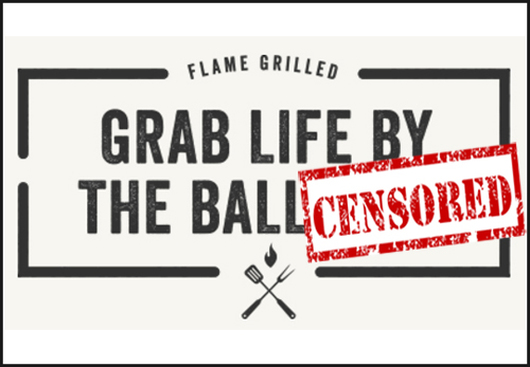
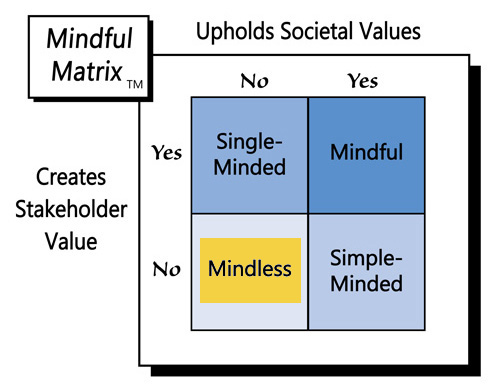
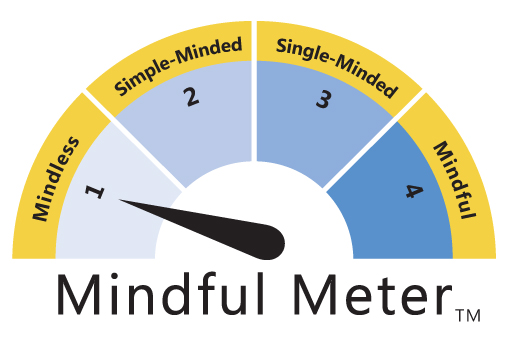
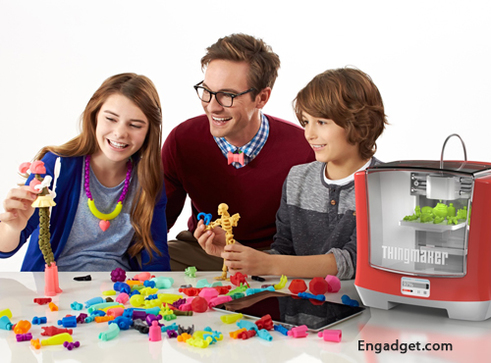
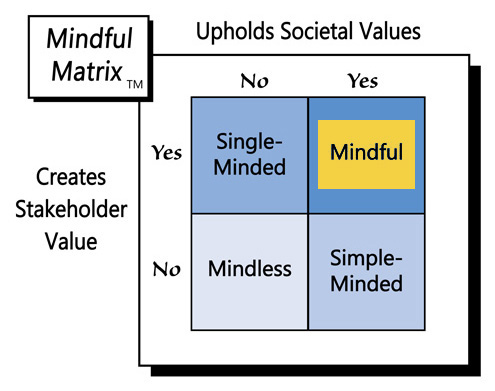
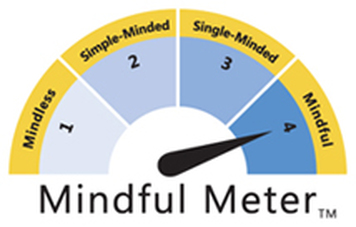

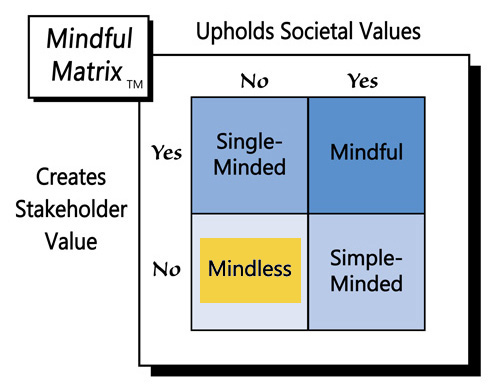
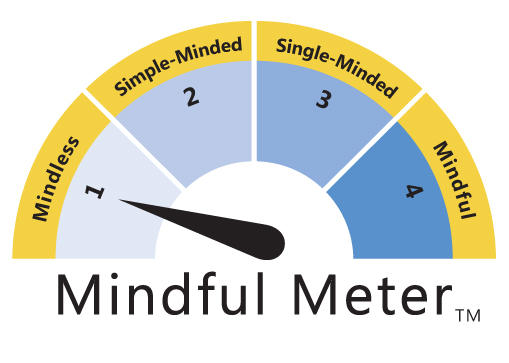

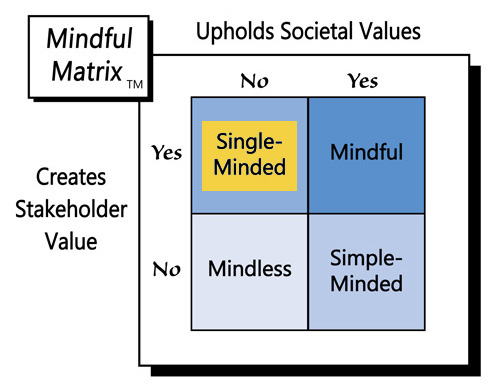
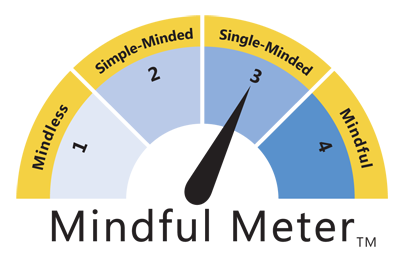
 RSS Feed
RSS Feed